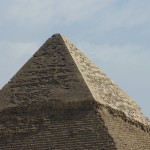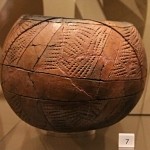
Colloquium Overview: Recent Archaeological Fieldwork in Sudan
By Patricia Spencer. The 2012 all-day colloquium of the Sudan Archaeological Research Society (http://www.sudarchrs.org.uk/) was held in the Stevenson Auditorium of the British Museum on Monday 14 May. This annual event concentrates on presenting up-to-the-minute reports of archaeological fieldwork, both that carried out by SARS itself and by other expeditions, British, Sudanese and from elsewhere, working in Sudan. [more…]
Edition - April, 2012
Recent Issue with Newsfeeds / Comments – Resolved
The site news feeds have recently been acting up. Our apologies. You might wish to visit to check on the latest content in case your newsreader missed any of the recent posts. The problem has been traced to a plugin called Hyper Cache Extended which has now been removed. We have reverted back to the […] [more…]
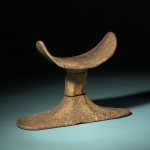
Editorial: Egyptological Magazine Edition 5
We aim to bring you a new edition of the Magazine every two or three months but Edition 5 is published less than 6 weeks after Edition 4 as Egyptological goes from strength to strength. Headlining this edition, experienced writer Barbara O’Neill demonstrates a new talent as a journalist. Her interview of Dr Joyce Tyldesley […] [more…]
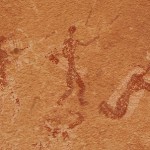
Life on Mars: The Gilf Kebir, Zerzura and the Cave of Swimmers
Rising 300m above the desert floor, and covering an area the size of Switzerland, the Gilf Kebir is one of the most arid and inhospitable places in the Sahara. Located in the Egyptian desert, near the Libyan border a 100km north of Sudan, it shares a latitude with Abu Simbel. For over 100,000 years the Gilf Kebir was home to generations of hunters, followed by two thousand years of use by nomadic herders. It was only re-discovered in 1926, and since then it has been the subject of numerous expeditions for exploration, archaeological and geological investigation and, more recently, tourism. Very remote and arid it remained an almost pristine landscape until recent decades, perfect for field research. Even NASA researchers have studied the Gilf Kebir to evaluate conditions that might prevail on Mars. [more…]

Arthur Weigall: A Man Out of Time – Part 2
As we saw in Part 1, in spite of his lack of a formal education Arthur Weigall pursued the role of archaeological excavator, achieving his dream of working in Egypt. Although his initial achievements were minimal, he was promoted to the position of an Inspector in Egypt, a role he took on with energy and dedication. He was fiercely protective of monuments from Luxor to Nubia, often falling into dispute with the authorities and wealthy patrons over the importance of preservation through proper archaeological technique. [more…]
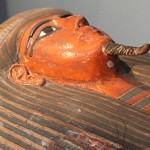
Book Review: Egyptian Myth – A Very Short Introduction
Williams reviews Egyptian Myth – A Very Short Introduction by Geraldin Pinch. Pinch has a formidable task. In 125 pages, Pinch outlines the framework within which Egyptian myths are contextualised before outlining the mythology itself. Such a brief book could have been facile but instead Williams is impressed by Pinch’s achievement. He explains why. [more…]
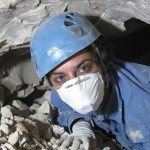
 By
By 
